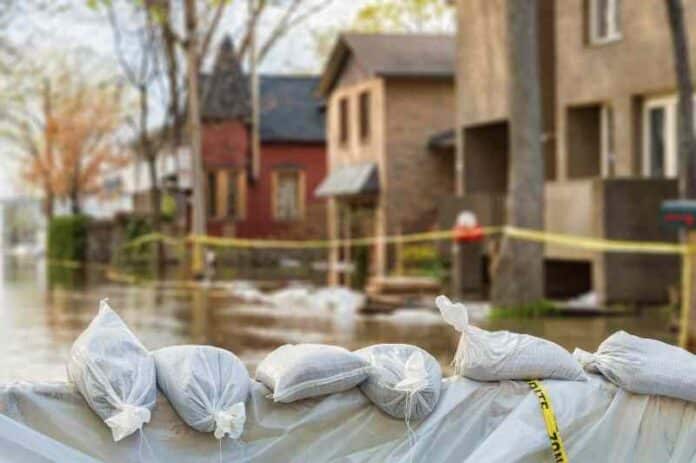
Did you know that an estimated 41 million people in the United States are currently exposed to flood risk? This not only includes coastal homes but also homes in low-lying areas near rivers.
Natural disasters have increased significantly over the past decade due to climate change, and it will only continue to escalate.
Being prepared for a natural disaster is essential and, you may not be as prepared as you think.
Keep reading for five flood safety tips for your home.
- Are you in a Flood Zone?
The first step in flood safety is figuring out if you are in a flood zone. When you buy a new home, you may have to research if your dream home is in a floodplain. Only about one-third of states require some type of disclosure about flood risks or previous flooding when buying a home.
The Federal Emergency Management Agency (FEMA) has an interactive map where you can determine if your home is in a flood zone.
You will most likely know if you are in a ‘high-risk flood zone’ because you will be mandated to have flood insurance by your mortgage lender.
With the intensity of natural disasters these days, even if you are not in a high-risk flood zone, you could still be at risk of flooding.
- Emergency Kit and Important Documents
After you determine if you are in a flood zone, you will want an emergency kit for when a natural disaster hits. Even if you experience minor flooding, you could be stranded for hours or days.
Many retailers sell emergency preparedness kits, but you can make your own. Some important things to include in your kit are flashlights, batteries, non-perishable food, plenty of water, a whistle, and portable phone chargers.
In addition to having a preparedness kit, it is vital to keep all your essential documents such as deeds, insurance policies, and birth certificates in one safe place.
You should store these documents in a high cabinet or closet that can be easily accessed and is not at risk of being affected by flooding.
- Flood Insurance
Flood insurance coverage is the best way you can protect your home from flood damage. Losses due to floods are not typically covered under traditional renters or homeowners insurance.
Flood insurance can be purchased whether or not you are in a flood-prone area.
The cost of your monthly flood insurance would depend upon a few factors, such as how much your personal belongings cost, what type of flood risk area you are in, and the type of home you plan to insure.
Flood insurance may cover personal belongings, clean-up costs, damage to flooring, and heating and cooling systems.
In extreme cases of natural disaster, you may be able to qualify for assistance from FEMA in addition to your flood insurance.
FEMA can cover costs if you are underinsured or did not have flood insurance. Although, it is best not to rely solely on assistance from FEMA. It can take months to receive funds and, you may not qualify for the amount of money you may need.
To ensure you get the appropriate coverage you need, buy flood insurance now.
- Backup Equipment
For people that live near rivers or in coastal areas, generators and sump pumps are common flood safety equipment.
Generators are important because they can provide you with electricity even if your local electricity grid goes down, which often happens in natural disasters. Generators turn mechanical into electric energy, providing you with a self-sustaining mode of electricity.
If you are stuck in your house during a flood, a generator will ensure you will still be able to charge your phones, have running water (in some cases), and keep your refrigerator running.
If your house is prone to flooding, a sump pump is a great way to keep the water from destroying your basement. Sump pumps are dug into the lowest point in your house, usually in a basement. The pump function will then activate pumping the water towards a storm drain or a dry well.
Generators and sump pumps are excellent investments to protect your home from a flood. They are both preventative measures that will save you money in the long run.
- Evacuation Plan
If you are at risk of flooding, it is essential to know what to do during a flood and to have an evacuation plan.
Stay informed about the local alerts and evacuation recommendations. You can do this by getting news updates on your phone or listening to the local radio station.
Consider unplugging sensitive electronic equipment and bringing precious furniture or items to a high location, such as a second floor or attic.
Once you have taken care of your home, seek higher ground immediately, and do not walk or drive through flooded roads.
If you are told to shelter in place by local authorities, be sure to have your emergency kit ready and ensure your generator is working if you have one.
Being prepared will take out a level of stress and panic during emergencies.
Flood Safety-Be Prepared
With the increased risk of flooding in today’s society, being informed of flood safety precautions is extremely important.
Being in an emergency can be scary but taking a few key steps like buying flood insurance and having an emergency plan can save you money and prevent stress in the long run.

